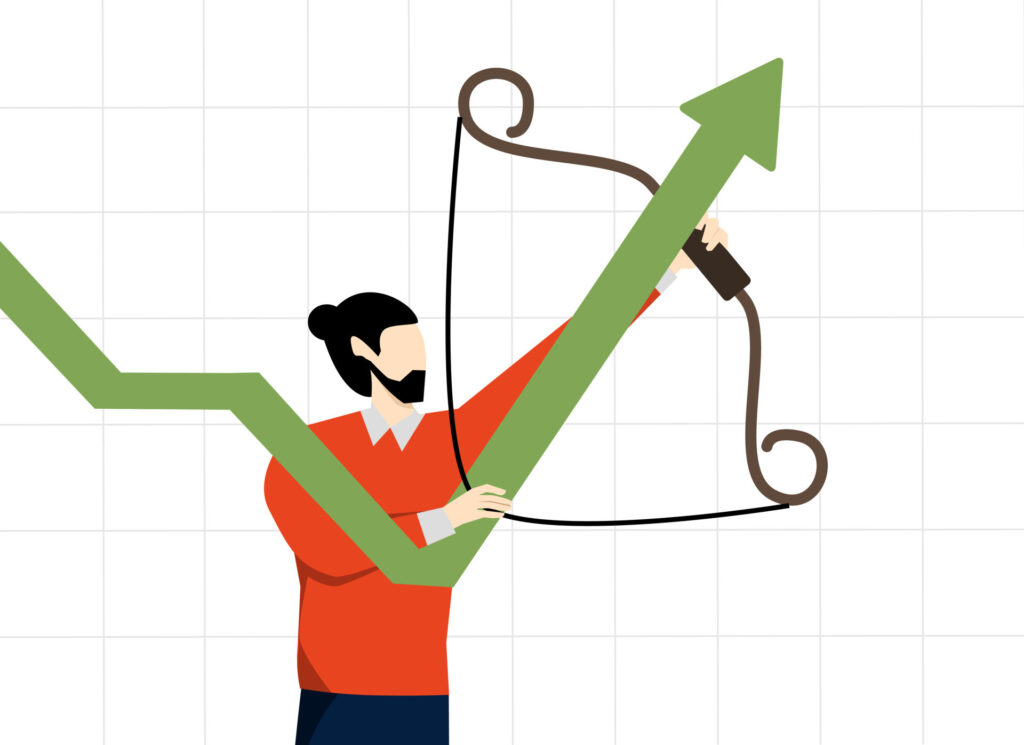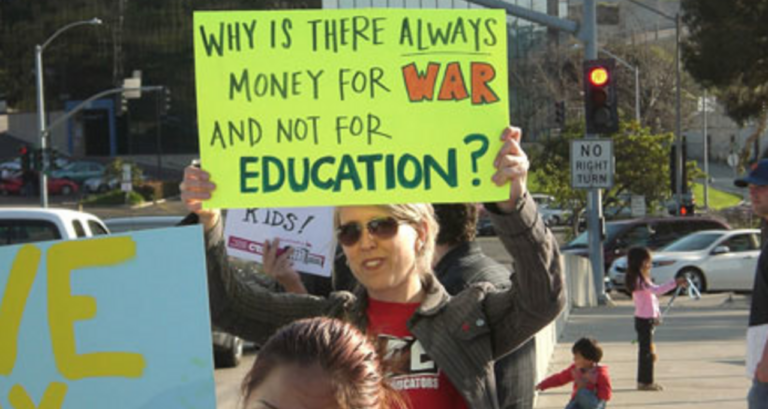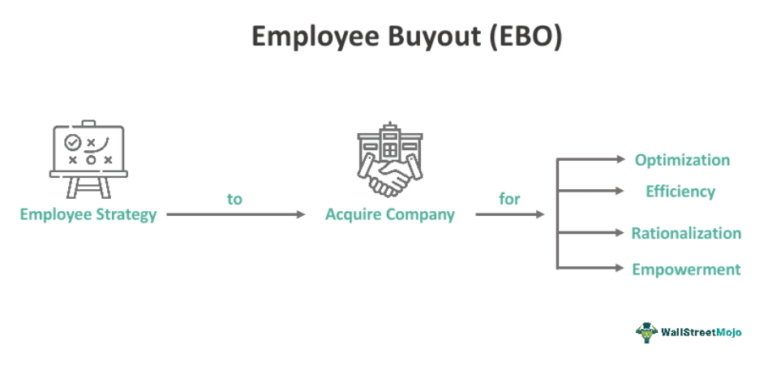
Audience
- Sentiment: neutral
- Political Group: centrist
- Age Group: 18-34
- Gender: both
Overview
- The Federal Reserve is monitoring inflation, interest rates, and tariffs to gauge their impact on the economy.
- Inflation is rising, potentially due to tariffs, making it harder for consumers to afford goods.
- Mixed signals about the economy make it difficult for the Fed to decide if they should lower interest rates further.
Inflation, Interest Rates, and Tariffs: What’s Going On with the Economy?
Have you ever felt like you had to wait for something really important, but then you weren’t sure whether it was worth the wait? That’s kind of what’s happening with our economy right now. In January, the people in charge of our money in the United States—known as the Federal Reserve—had a meeting where they talked a lot about inflation, interest rates, and tariffs, and how all of these things are connected. They decided not to change things just yet, but they’re paying close attention to what’s happening. Let’s break it all down so it makes sense!
What is Inflation?
First of all, let’s talk about inflation. Have you ever noticed that the price of your favorite candy or video game seems to go up every time you go to the store? That’s inflation in action! Simply put, inflation is when the prices of goods and services increase over time. So, if you had $10 last year, and you can buy a game with that money, but this year that same game costs $12, your $10 doesn’t stretch as far as it used to. This can be frustrating, right?
The Federal Reserve, or the Fed for short, has a target for inflation that they like to keep around 2% per year. This means that they want prices to go up slowly and steadily, not too fast. If inflation climbs too high, it can make it hard for people to afford things they need, like groceries and clothes. It’s like trying to fill up a balloon—if you keep blowing it up too quickly, it might burst!
Interest Rates Explained
Now, let’s move on to interest rates. Interest rates are the cost of borrowing money. When you take out a loan from the bank to buy a car, or if you’re lucky enough to have a savings account that earns interest, these rates come into play. When interest rates are low, it’s cheaper for people to borrow money. This can be good because it encourages people to spend more, which can help the economy grow.
When the Fed wants the economy to speed up, they might lower interest rates. But if they think the economy is growing too quickly and inflation might rise, they might raise interest rates. Think of it like a car: if you step on the gas (lower interest rates), you go faster, but if you hit the brakes (higher interest rates), you slow down.
The Role of the Federal Reserve
The Federal Reserve is like the driver of this economic car. In January of 2024, during a meeting called the Federal Open Market Committee, the Fed’s officials decided it wasn’t time to hit the brakes just yet. They had already lowered interest rates three times in the past year, which totals a full percentage point. This means they’ve made it cheaper for people and businesses to borrow money. They believe they need to let these changes settle for a while to see how the economy responds.
But there were some serious discussions about inflation. The Fed officials are worried about the effects of tariffs. Tariffs are taxes on goods that come from other countries. President Trump had put many tariffs in place, and these are causing prices to go up. Imagine you want to buy a super cool video game console that’s made in another country, but because of a tariff, the price is increased. You might decide to hold off on buying it, which affects the retailers, manufacturers, and even the people working at the factory where it’s made.
Tariffs and Their Impact
Those tariffs are making the Fed nervous because they could push inflation higher than their 2% goal. Inflation is like a fire—it needs to be carefully managed. If it gets too hot (goes over the 2% target), it could damage the economy. The Fed knows that while some people are optimistic about economic growth—thanks to changes in regulations and tax policies—there’s still a lot of uncertainty, especially with the tariffs in place.
This uncertainty leads us back to the Fed’s decision to keep interest rates steady. The current borrowing rate is between 4.25% and 4.5%. This might sound tricky, but what it means is that they’re giving the economy some breathing room. They want to see how everything shakes out before making any big decisions.
Mixed Signals About the Economy
One of the fascinating things about the economy is that it’s not always straightforward. Sometimes, you get mixed signals. Picture yourself playing a video game that has both good and bad levels—one moment you’re collecting coins, and the next, you’re dodging obstacles. The economy has similar ups and downs!
Right now, there are signals that the economy could be doing well, especially with the new regulatory and tax changes that might give businesses a boost. It’s like unlocking a new level in a game, which can lead to excitement and growth. People might start spending more money because they feel confident in their jobs or their investments. This is what the Fed is hoping for!
On the other hand, there are definitely some big challenges that could get in the way. The mixed signals make it hard for the Fed to decide what to do next. Should they lower interest rates even more to stimulate spending, or should they hold off until they see more stable growth? It’s like being stuck at a crossroads and trying to choose the best path forward.
Looking Ahead
The world of economy is constantly moving, and the Fed is always watching. Depending on how things unfold with inflation and the impacts of tariffs, they may adjust their strategies. People are wondering if they will lower interest rates later in the year, which would encourage more spending and borrowing. It’s a delicate dance, but the Fed is doing its best to keep everything in balance.
Conclusion
So, what does all this mean for you? The decisions made by the Federal Reserve can have real consequences on your everyday life. If interest rates go down, maybe your parents will consider buying that new car or taking a family trip. If inflation rises, it could affect what you pay for your favorite snacks or games.
With everything happening in the economy, what are your thoughts? Do you think the Fed should lower interest rates, or do you think they should be cautious? How do you feel about the prices of things you buy regularly? I’d love to hear from you! Feel free to share your opinions in the comments below!





